It took 20-plus years to bring the story of fashion designer and gay icon Halston to life. But executive producers Christine Vachon and Daniel Minahan (who directed all five episodes of the Netflix limited series) say the project they first conceived of as a film back when they met working on the 1996 queer indie I Shot Andy Warhol is right on time.
For Minahan, who grew up not far from New York City in Connecticut when Halston was a fixture at Studio 54, he dreamed of life akin to something like the designer and celebrity magnet's fabulous world.
"I would go to the library when I was a kid and find Interview and pour over and read about life in New York. There were pictures of Halston and Victor Hugo [Halston's longtime lover, played by Gian Franco Rodriguez in the series]. That was sort of my lifeline to what I thought my life would be as a gay kid."
Halston the series drops on Netflix on May 14, a year after the current pandemic ripped through New York City. While the specter of another epidemic, HIV and AIDS, hangs in the series as Halston would eventually die from AIDS-related illness in 1990, it captures the queer exuberance of New York fashion and nightlife that lured Minahan to the city decades ago.
"It's a story about a really special time in New York. I moved here because I wanted to go to Studio 54. I mean, I was too young. I wanted to go to the Mudd Club. I wanted to be with Halston, and Andy Warhol, and Steve Rubell [Studio 54's owner]," says Minahan, who directed the film Series 7: The Contenders (2001) and several episodes of series including Deadwood and Six Feet Under.
"It's like this magical cultural moment in New York, and Halston created this little community of creative people. I think that's really appealing. I think people are so isolated right now that I think it's it'll be joyful and hopefully inspiring for people to watch," he says.
A pioneer of New Queer Cinema, Vachon (with her company Killer Films) has helped tell stories of LGBTQ+ lives as far back as Todd Haynes's classic Poison. By the time Vachon began working on Haynes's ode to glam rock, Velvet Goldmine (1998), which costarred McGregor, Roy Halston Frowick's story was already a seed of an idea sprouting for her and Minahan.
"Maybe it took Dan and I 20 years to get Halston made so that Ewan [McGregor] could get to be the right age [to play him]," Vachon says of the actor, who Minahan calls "empathetic" in his work.
The conversation about who should play queer characters and if straight actors should at all has been roiling for years and will likely continue until Hollywood achieves parity in its casting and storytelling of LGBTQ+ people. But McGregor, who is straight, has played queer twice before when it was often considered a career killer to do so. And the first time was on Velvet Goldmine (he also played gay in 2009's I Love You Phillip Morris). Vachon has long known he could embrace Halston's over-the-top genius and lust for the finer things. Certainly, Halston's appetites for art, fineries, sex, drugs, and loyalty are on display in the series.

"He was just off of Trainspotting, from that extraordinary performance [when Vachon first worked with McGregor] And there was a fearlessness about him obviously that we all saw in that film," Vachon says. When we sat down to talk to him about the Velvet Goldmine role, which, of course, It's not Halston, but it was based on a real character. And it was a character who had an extraordinary kind of drive and a ferocity."
McGregor worked with a dialect coach and a tailor to prep for the series, Minahan says. "When you see him make something on-screen, Ewan really learned how to make them [the fashions]."
Around the time she made Velvet Goldmine, Vachon and Minahan were already conceiving of how to tell the story of Halston, the Midwestern kid who became one of Liza Minnelli's closest confidantes and who late in his life designed costumes for Martha Graham.
"We really thought this was going to take off fairly quickly. It seems like a terrific idea, and timely for that time. Although, not timely in the same way that it is now," Vachon says. "We set out with a lot of enthusiasm and really great people excited about it and tried to crack it as a movie. And it was difficult to get the script right. We went back and forth and back and forth on it. It's a difficult story to fit into 90 pages, into a 90-minute movie."
Finally, and with mega-producer Ryan Murphy on board, they arrived at a five-episode limited series. The episodes track Halston at various stages of his career beginning with his rise as a milliner who created the pillbox hat Jacqueline Kennedy wore at John F. Kennedy's inauguration. Each hour time jumps to a different point in Halston's life and includes his triumph at the fashion Battle of Versailles and his friendships with Minnelli (Krysta Rodriguez), model and jewelry designer Elsa Peretti (Rebecca Dayan), and fashion illustrator Joe Eula (David Pittu). With excessive panache and meticulous attention to detail, the series sees the designer through several of his greatest creations, including the Ultrasuede fabric and the Halston fragrance.
"We're lucky that so much of these interiors and these collections that have been created, were photographed," Minahan says. "We had very strong references, and some of the original interiors actually still exist, even though we didn't get to shoot any of them. But we were able to visit them and study them."
He credits costume designer Jeriana San Juan and production designer Mark Ricker with authentically evoking the each era depicted in the series that spans from the early '60s to the late '80s.
Halston, while endlessly fascinating in the series, is not always likable. He's over-the-top (the series addresses the persona he created) and given to fits of rage, self-absorption, and addiction. But beginning with her work in New Queer Cinema and films like Swoon (about the queer killers Leopold and Loeb) and I Shot Andy Warhol (about Valerie Solanas, the lesbian SCUM Manifesto writer who indeed shot the pop artist), Vachon was not concerned with telling stories only about clean-cut queers.
"We have always leaned very into the idea that queer characters can be as authentic as their counterparts. We took a lot of flak for it, especially in the mid-'90s when we were in the midst of the AIDS crisis, and there were a lot of queer journalists writing about the importance of positive imagery," Vachon says of Killer Films' body of work. "A lot of the movies we made... we were not toeing that line."
Vachon and Minahan waited decades for the right time and format to bring Halston to the screen, and in the story, they lean into his genius and his foibles.
"It makes our creative life, the stories that we tell, the stories that we want to see just so much more interesting," she says.









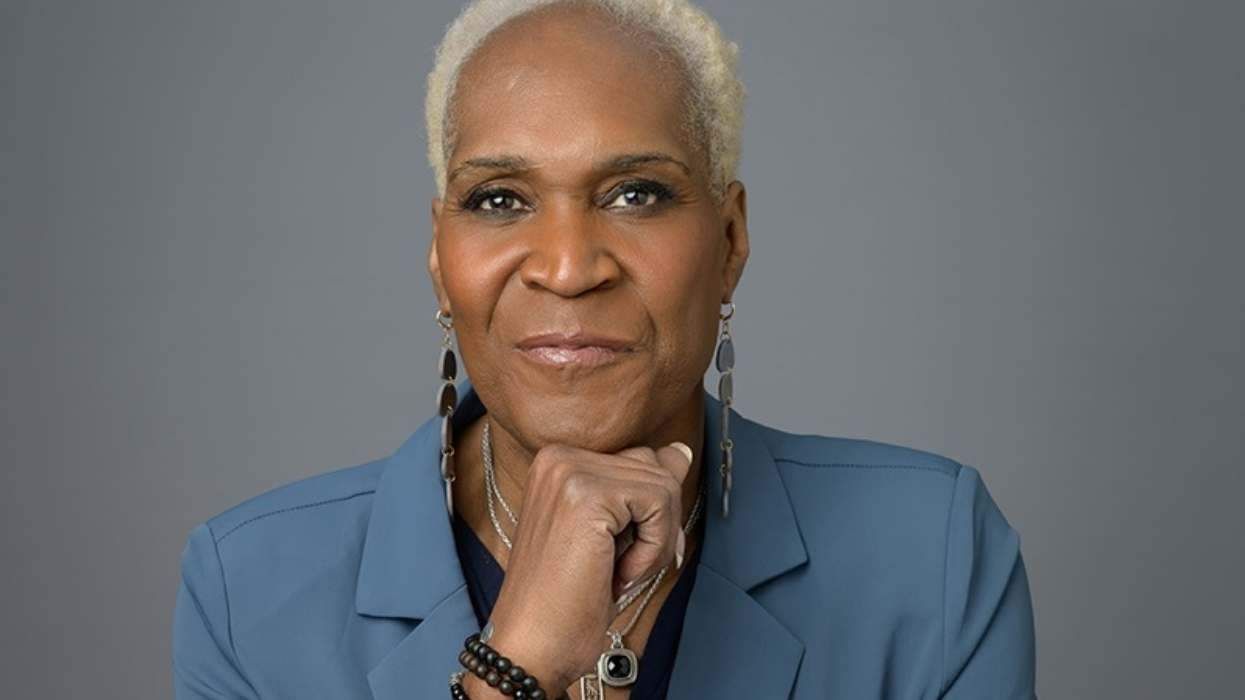

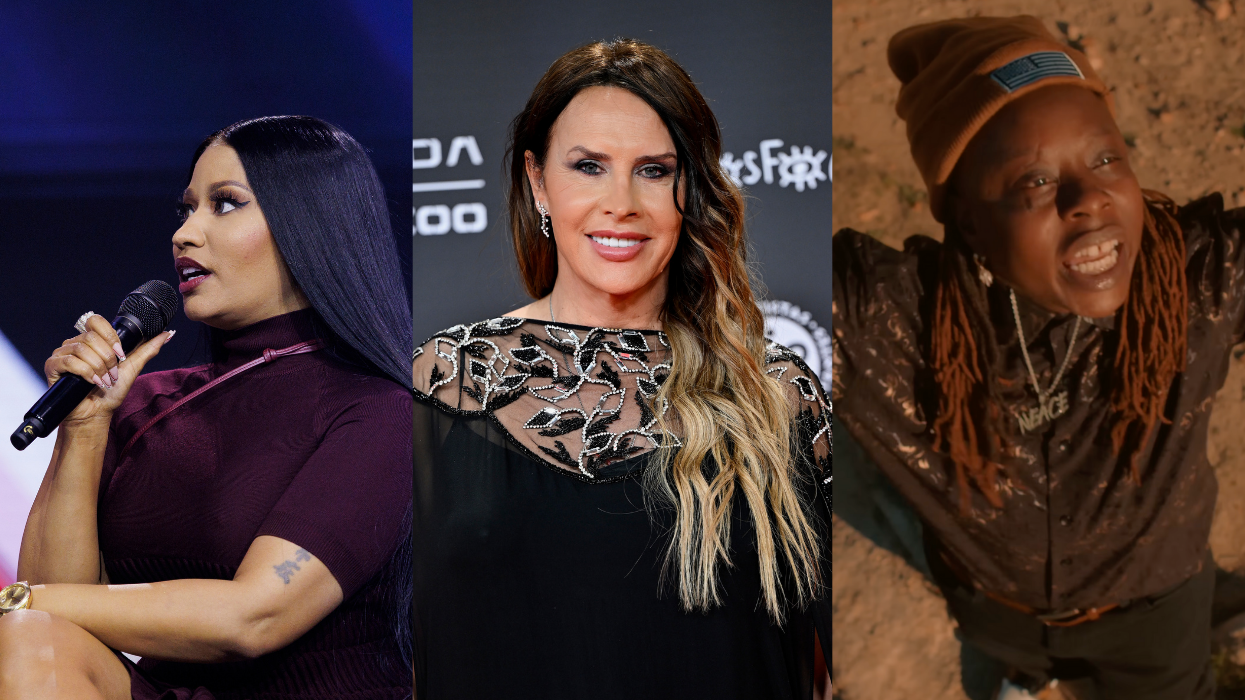

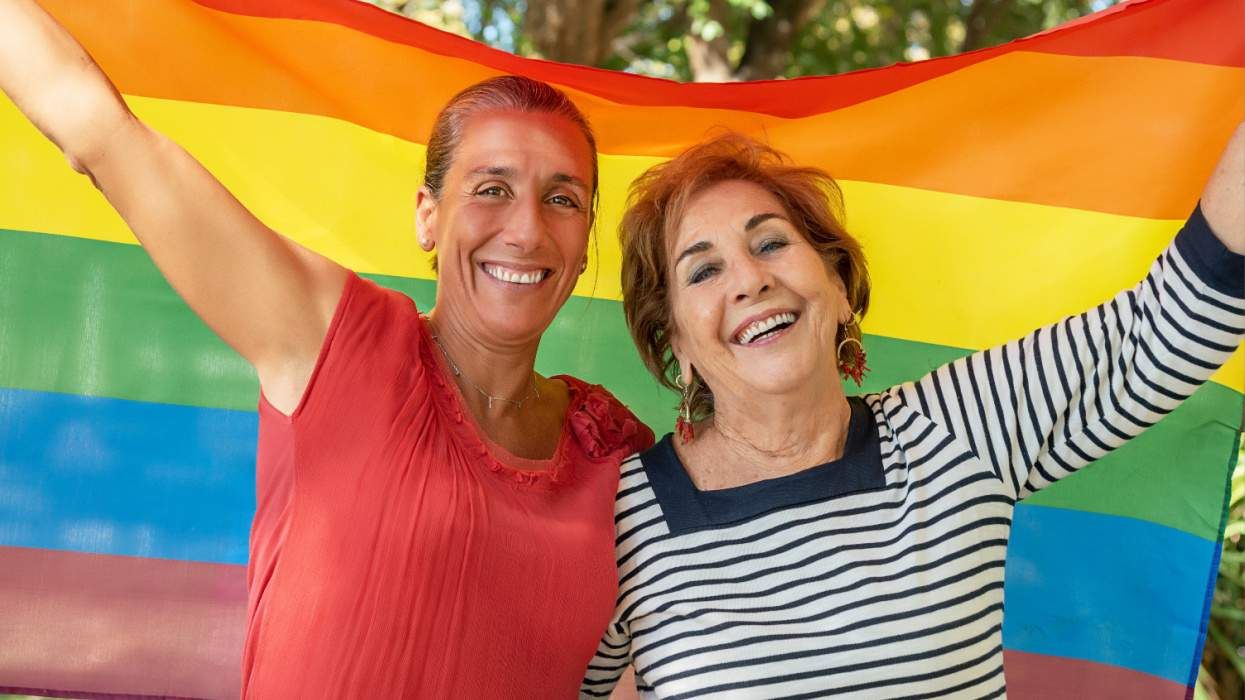
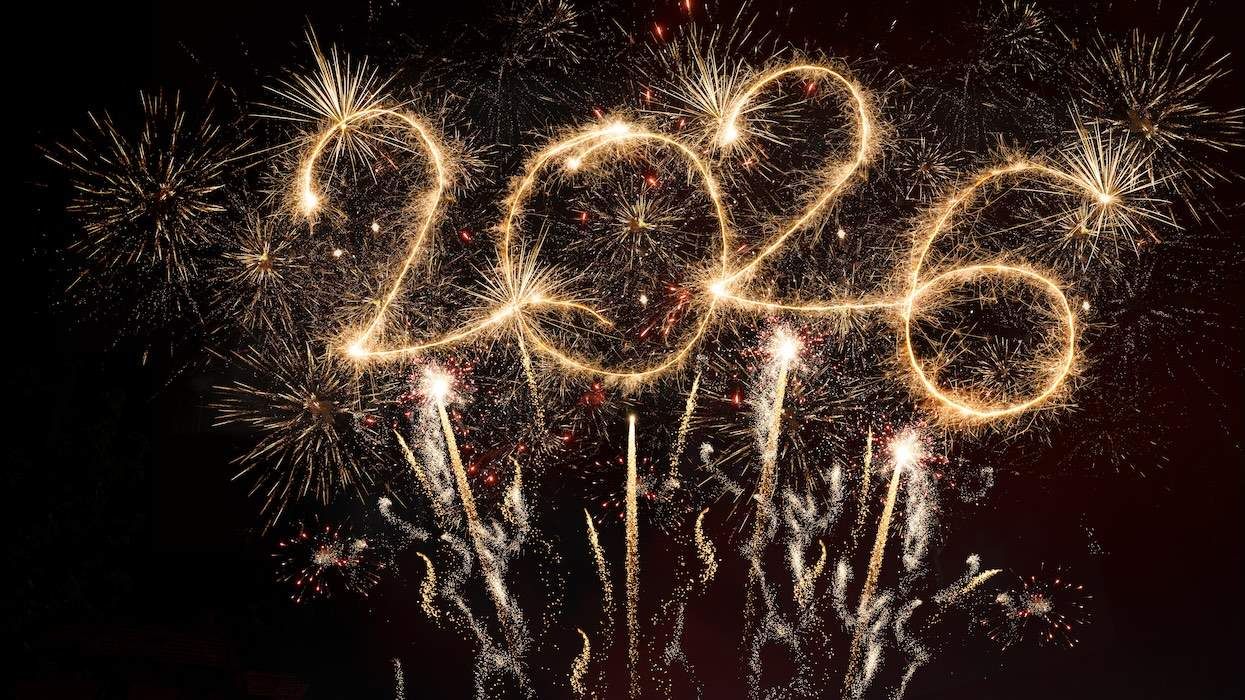

















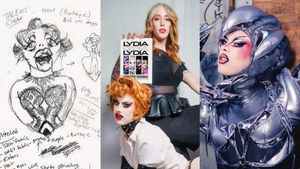









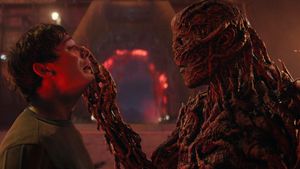

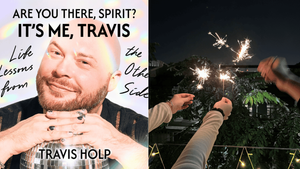





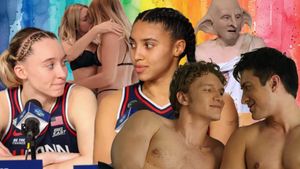



















Charlie Kirk DID say stoning gay people was the 'perfect law' — and these other heinous quotes